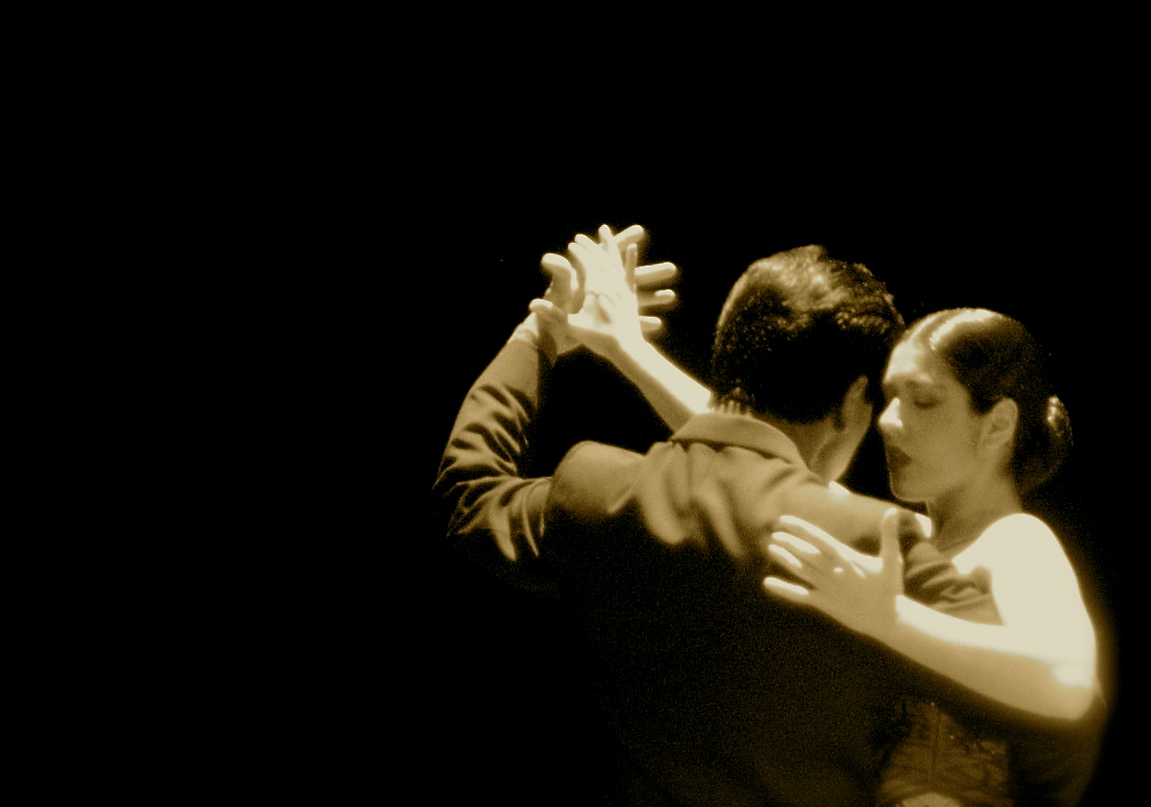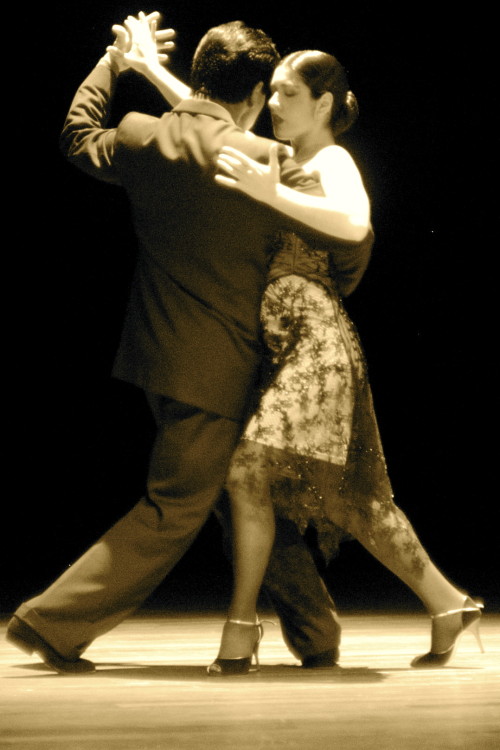Tango originated in Buenos Aires in the late 19th century, but klezmer, a Russian Jewish genre, exerted an enormous influence on it.
Jewish immigrants from the Russian empire began arriving in Argentina, a land of prosperity, hope and opportunity, toward the end of the 19th century. They brought their musical traditions with them, forever changing tango.
Two documentaries, Tango: A History with Jews and Rio Klezmer, both to be presented by the Toronto Jewish Film Society on Dec. 8 at 4 p.m. and 7:30 p.m. at the Al Green Theatre (750 Spadina Avenue), explore this theme in some depth.
Gabriel Pomeraniec’s Tango delves into the history of this fateful symbiosis, explaining what role Jewish musicians played in the development of this rich and sensual form.
In passing, major figures such as Arturo Bernstein, Raul Kaplun, Luis Rubinstein, Simon Bajour and Bernardo Stalman are mentioned.
The film unfolds against the backdrop of Buenos Aires — a cosmopolitan city where the majority of Jewish newcomers settled — and of musicians, singers and dancers plying their respective crafts.
Rio Klezmer, a shorter film by Thomas Bouet, is set mainly in Buenos Aires and revolves around six Jewish musicians whose ancestors hailed from Russia.
“Klezmer was their music,” says one musician, referring to his grandparents and great-grandparents.
Another musician observes that klezmer helped Jews in Europe and Argentina survive crises.
Rio Klezmer and Tango are deeply steeped in music, and fans of tango and klezmer will particularly appreciate these movies.

